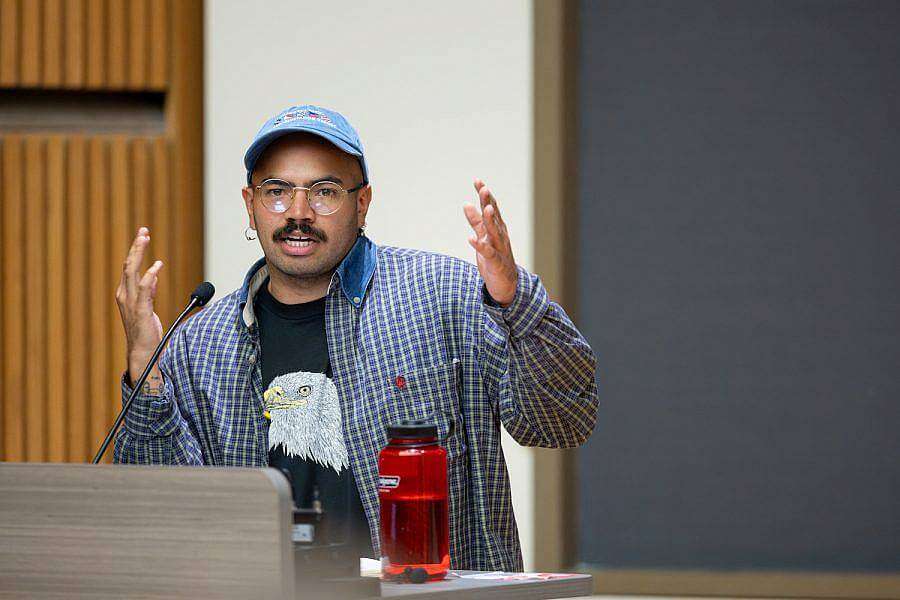Tell us a little bit about yourself and what you do.
My full name is Michael Gabriel Cuadrado Gonzalez. My parents named me after the two archangels Michael and Gabriel haha… if that provides any insight into my upbringing. Nowadays I’ve dropped my middle name and go by Michael Cuadrado Gonzalez. The inclusion of Gonzalez is rather recent, at least to my outward-facing identity. It’s an attempt to equally represent the matrilineal side of my family with regard to my name, as one thing that identifies me. I was born in San Juan, Puerto Rico in 1995 but raised mostly in Orlando, FL. I’ve lived in New York, Chicago, Michigan, and New Haven, but am currently making my way back to Chicago. Although I might say I identify with other things, I primarily identify as a visual artist. That being said, I dabble in other forms of artmaking like writing and music.
What are some recent, upcoming or current projects you are working on?
I recently finished graduate school so I’m sort of in the middle of figuring out my life, which feels like the biggest project I’ve ever worked on. However, I do have a solo show at the beginning of 2025 with Turley Gallery that I am currently working towards and am excited about. More details to come!
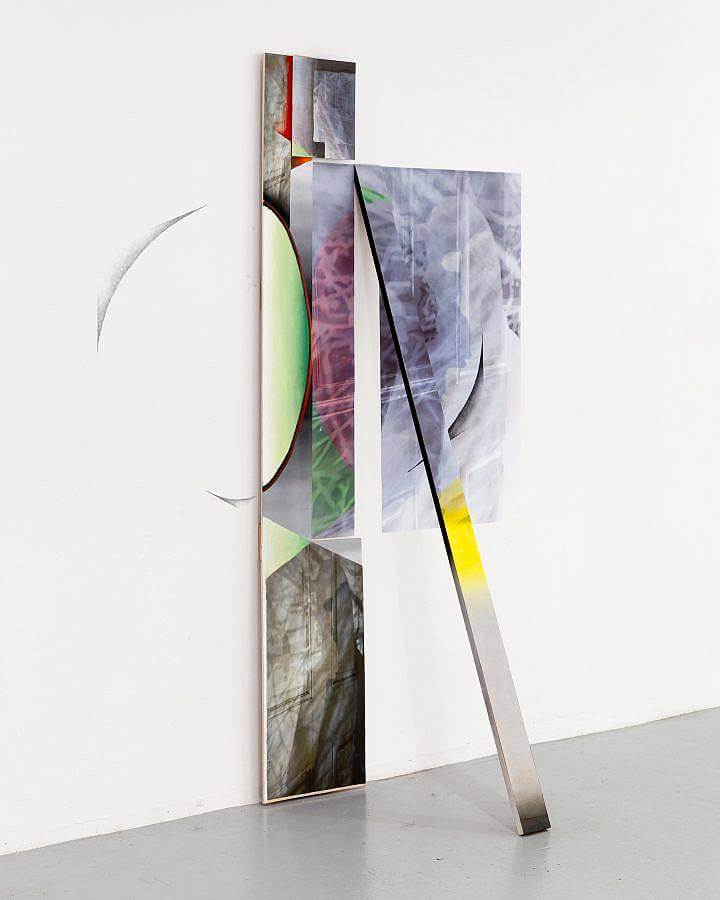
What is one of the bigger challenges you and/or other artists are struggling with these days and how do you see it developing?
I often struggle with practicing interdisciplinarity. In theory, I have a huge aversion to sticking to one discipline, this discipline often being painting. A lot of my writing thus far has quite a bit to do with these ideas. On the other hand, I do have a deep love for painting so I’m often torn. More often than not I go to painting, but I’m trying to branch a bit out of that habit. This might be why I’ve turned to reading and writing recently. The things I’m reading usually push me toward making installation work, which I’d like to keep pursuing.
Have you had any dreams that stuck out to you lately, and if so, would you be willing to share?
I dream quite a bit actually, and when I do they’re extremely visceral. This might be revealing a bit about myself, like my anxiety levels or how neurotic I can sometimes be (which might also explain the psychological aspects of grids in some of my work)—but I have this reoccurring dream where I am about to perform on stage with an orchestra and my clarinet reed breaks seconds before starting. It’s quite mortifying! I played clarinet from middle school to most of college. Having a good reed is so sacred. I think I have this dream when I’m nervous about something that’s about to happen..

What artists are you interested in right now solely based on their writing?
One of my all-time favorite writers who is also an artist (though I’m mostly familiar with her writing), is Denise Ferreira da Silva. Wikipedia says she’s a “Brazilian philosopher with an anticolonial black feminist perspective that highlights the centrality of raciality in post-Enlightenment thought. She is an academic, a relational artist, and a visual and installation artist.” My two favorite texts of hers are “1 (life) ÷ 0 (blackness) = ∞ − ∞ or ∞ / ∞: On Matter Beyond the Equation of Value” and “On Difference Without Separability”. From what I understand of her, she seems to be interested in how racial relations play out at an atomic/molecular level. So she spends a lot of time disproving certain scientific (or Enlightenment) thinking in order to say that certain aspects of relationality are not actually pre-determined and thus (hopefully) changeable, like racism for example. I refer back to these texts very often, mostly because they are extremely dense which means I find something new every time I return, but also because I think she’s kind of a genius haha.. One might say I’m a tiny bit obsessed with her. Maybe similar to Ferreira da Silva, in that I’m more familiar with her writing, Aria Dean has some great essays. This past summer I read two of her texts, “Poor Meme, Rich Meme” and “Black Bataille”. She also gave a talk on Robert Morris recently that I thought was great. These next two artists don’t necessarily fit into the criteria of the question (because I’m not solely interested in their writing) but they are both great: “Close To Knife” by David Wojnarowicz and “Notes on the Diagram” by Amy Sillman.
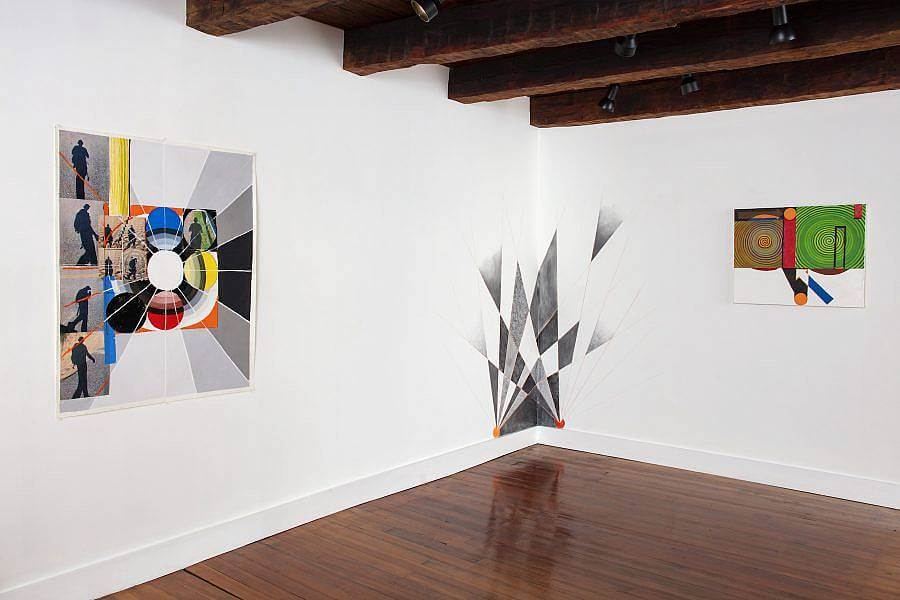
Do you ever look back on your older work in order to inform your future?
All the time. I don’t think I’m the type of artist who always knows what they’re making until after the fact, which means I often have to look back at things. Probably like many people, I don’t particularly see my process as a linear one, meaning I don’t always make something in response to the thing that came immediately before it. I think I make work in response to something more affective, usually to something that is happening at the moment. And because I’ve probably experienced that feeling before in my life, or something similar, I tend to look back at what I made then.
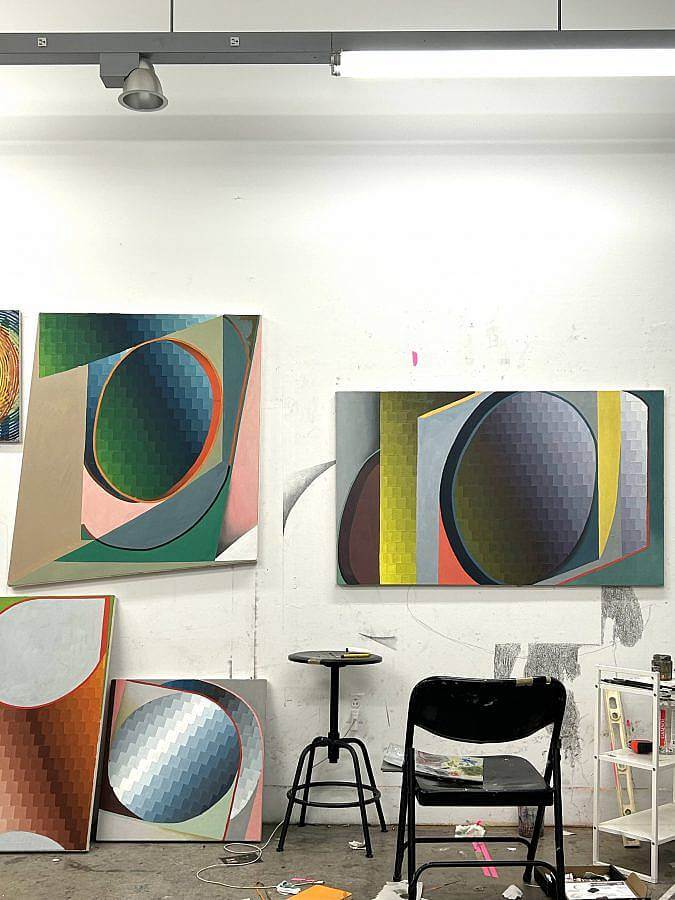
What was the last show you saw that stuck out to you?
A few years ago I visited the Smart Museum for the first time and saw their Bob Thompson exhibition. It was also my first time seeing his work in person and it was fantastic. Amongst other things, it was a great show for people who love color, like myself. More than art exhibitions though, I dwell on films for quite some time and they sometimes influence the work I make. A film that has stuck out to me recently is an Argentinian film titled End of the Century. Without spoiling too much, the film is a drama centered around an encounter between two men in Barcelona. They realize that they met 20 years prior which then unravels, what I take to be, an interesting take on the relationship between intimacy, the passage of time, and expectations. I like to think that my work has something to do with relationality—how people relate to each other and themselves. This film brought something of that out for me. Then I translate it through shapes, color, and composition.
What kind of systems play a role in your paintings and how do you find yourself working through them?
If I’m working between two colors—for example, in one of my grid-like paintings I go from green to blue—I create a system that involves adding a certain amount of that color’s complement per square to reach a black-like color. Once I’ve reached this black-like color, I will transition into the other color, in small increments per square. So in this example, I add tiny bits of red to the green that get me to a dark center, then begin adding blue and white to this darker color to reach a light blue. That being said, this is probably the most systematic part of my work. Outside of the grids, the rest of the painting is improvisational.

In regards to your making, what is something that you’ve always wanted to do and are working towards achieving it?
Two things immediately come to mind: having more of a writing practice and working with spaces that would let me produce site-responsive installations that slightly interfere with the architecture.
Can you share one of the best or worst reactions you have gotten as a result of your work?
This reaction became the best and then immediately the worst… There is a YouTuber who goes around New York talking about exhibitions. He visited one of mine a few years ago and I remember either him or someone in the comments saying that I was the “male version of Hilma af Klint.” Immediately I was ecstatic because I love her, but then I became extremely worried about being so easily categorized and also slightly freaked out about the gendered aspect of their comparison, especially if that’s how people were thinking about art historical references. I just thought there was a better way to make that connection.
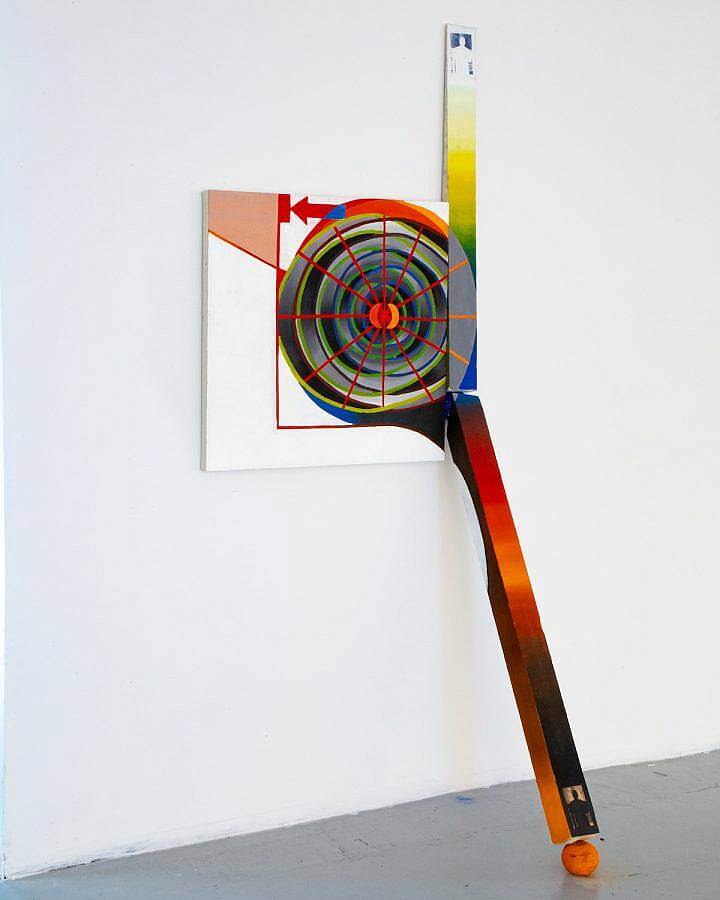
Interview conducted and edited by Liam Owings
